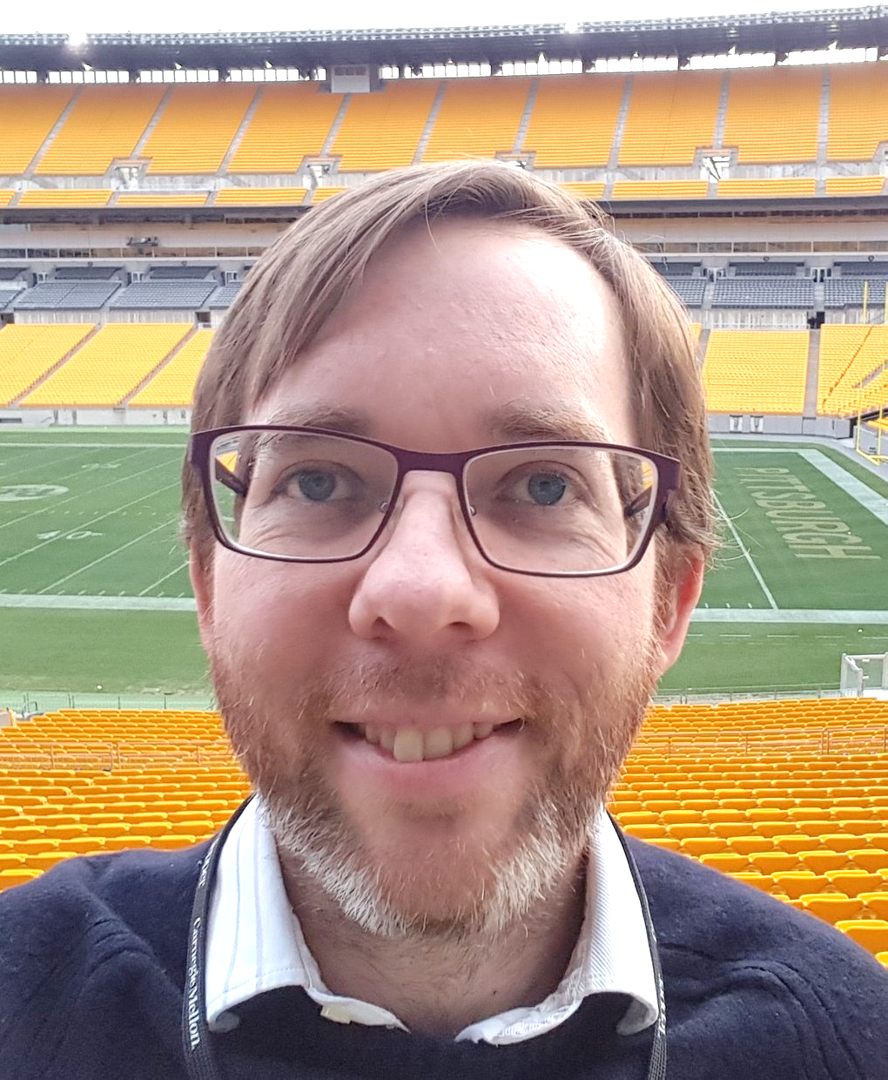Cited By
View all- Chen SLi JLiu AMohar BShinkar IO'Donnell R(2024)An Optimal Tradeoff between Entanglement and Copy Complexity for State TomographyProceedings of the 56th Annual ACM Symposium on Theory of Computing10.1145/3618260.3649704(1331-1342)Online publication date: 10-Jun-2024
- Wang XZhang SLi T(2024)A Quantum Algorithm Framework for Discrete Probability Distributions With Applications to Rényi Entropy EstimationIEEE Transactions on Information Theory10.1109/TIT.2024.338203770:5(3399-3426)Online publication date: May-2024
- Grinko DOzols M(2024)Linear Programming with Unitary-Equivariant ConstraintsCommunications in Mathematical Physics10.1007/s00220-024-05108-1405:12Online publication date: 6-Nov-2024
- Show More Cited By


